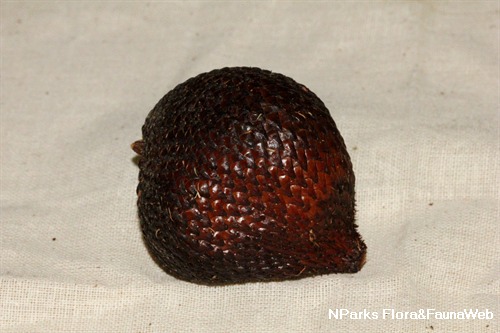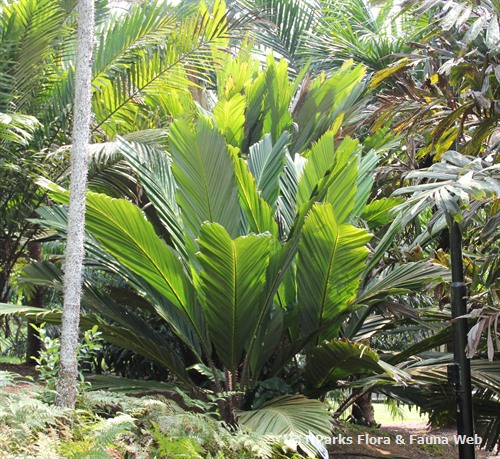
Name
Classifications and Characteristics
| Plant Division | Angiosperms (Flowering Seed Plants) |
|---|---|
| Plant Growth Form | Palm (Clustered Habit) |
Biogeography
| Native Distribution | Borneo |
|---|---|
| Native Habitat | Terrestrial |
| Preferred Climate Zone | Tropical |
Description and Ethnobotany
| Growth Form | Salacca magnifica is a clustering palm where stems are short and stout, and may appear stemless (acaulescent). |
|---|---|
| Foliage | Leaves are large, undivivded and bifid (fork-like) at the apex tip of the leaves. Leaves are ascending, stiff and little arched with spiny petiole (about 60 cm long). The blade is usually V-shaped and deeply grooved surfaces due to the margin of the fused pinnate segments. Margin is deeply tooth, especially around the leaf tip. Leaves are glossy green above and silvery green beneath. |
| Flowers | The female inflorescences are erect and spike-like, but mostly pendent fruits develop. Male inflorescence are short and much branched. |
| Fruit | The fruit (about 5 cm long) is pear shaped and covered in deep rose or yellowish brown scales which resemble snake skin. |
| Etymology | Latin magnifica means magnificent, possibly with reference to its leaves. |
| Ethnobotanical Uses | Edible Plant Parts : Edible Fruits Food (Fruit or Vegetable) |
Landscaping Features
| Landscape Uses | Parks & Gardens |
|---|
Fauna, Pollination and Dispersal
| Pollination Method(s) | Biotic (Fauna) |
|---|
Plant Care and Propagation
| Light Preference | Semi-Shade |
|---|---|
| Water Preference | Moderate Water |
| Plant Growth Rate | Moderate |
| Rootzone Tolerance | Well-Drained Soils |
Foliar
| Mature Foliage Colour(s) | Green |
|---|---|
| Foliar Shape(s) | Palm Fronds |
| Leaf Area Index (LAI) for Green Plot Ratio | 4.0 (Palm - Cluster) |
Non - Foliar and Storage
| Trunk Type (Palm) | Clustering Habit, Aboveground |
|---|
Floral (Angiosperm)
| Flower Grouping | Cluster / Inflorescence |
|---|
Fruit, Seed and Spore
| Mature Fruit Colour(s) | Brown, Red |
|---|
Image Repository
Others
| Master ID | 1392 |
|---|---|
| Species ID | 5126 |
| Flora Disclaimer | The information in this website has been compiled from reliable sources, such as reference works on medicinal plants. It is not a substitute for medical advice or treatment and NParks does not purport to provide any medical advice. Readers should always consult his/her physician before using or consuming a plant for medicinal purposes. |


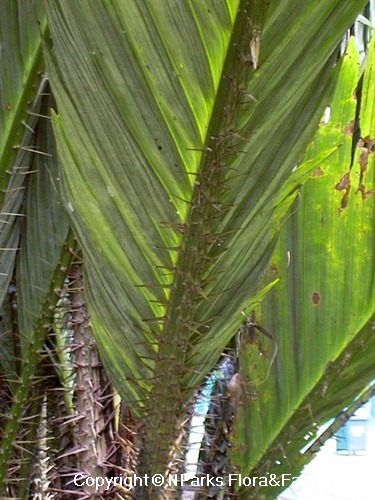
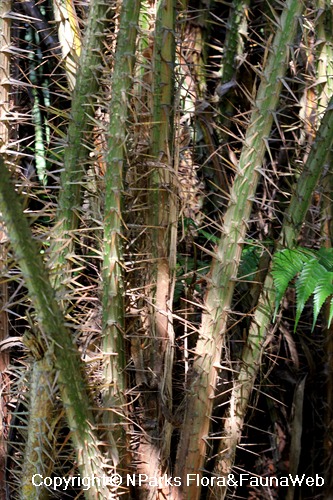
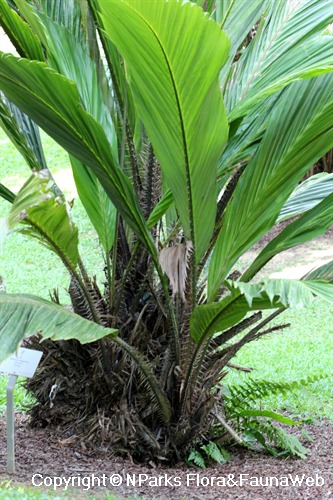
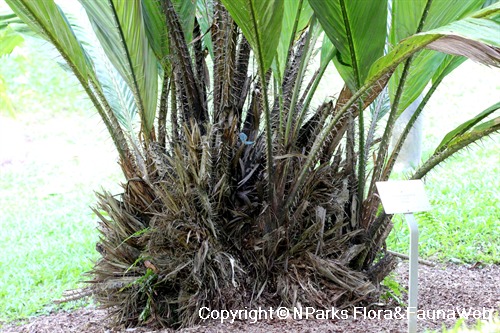


_lowres.jpg)
